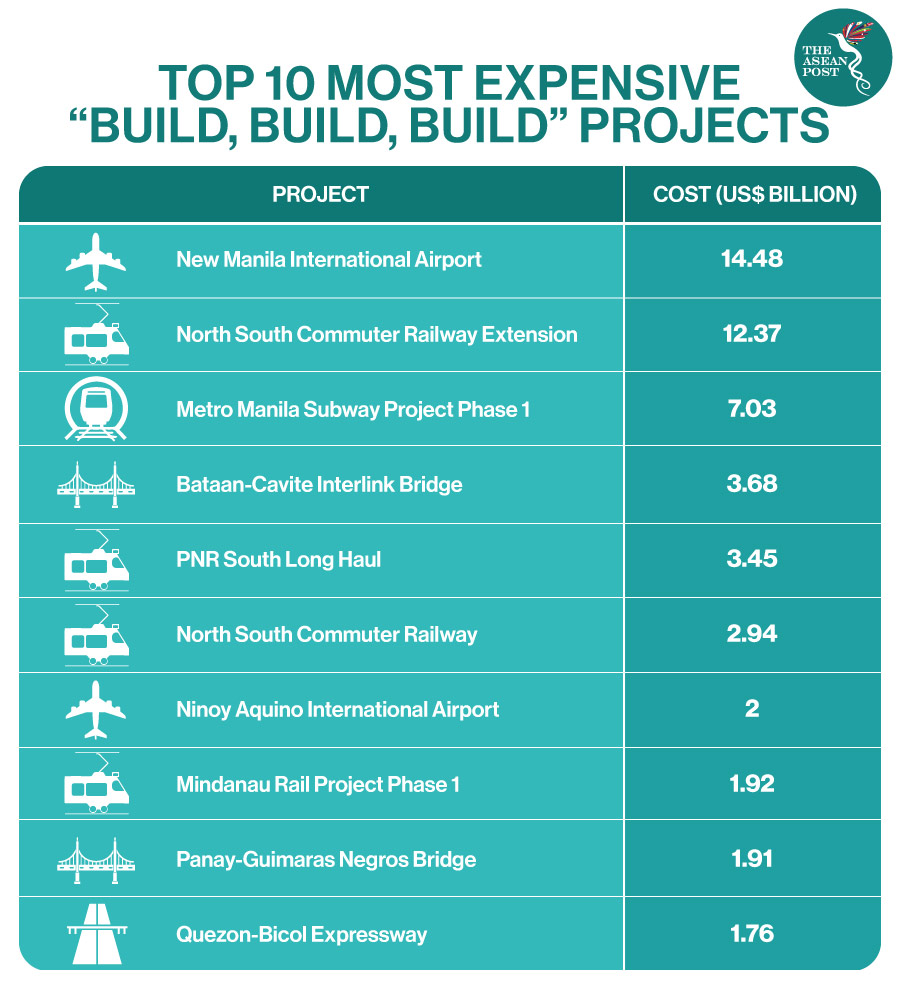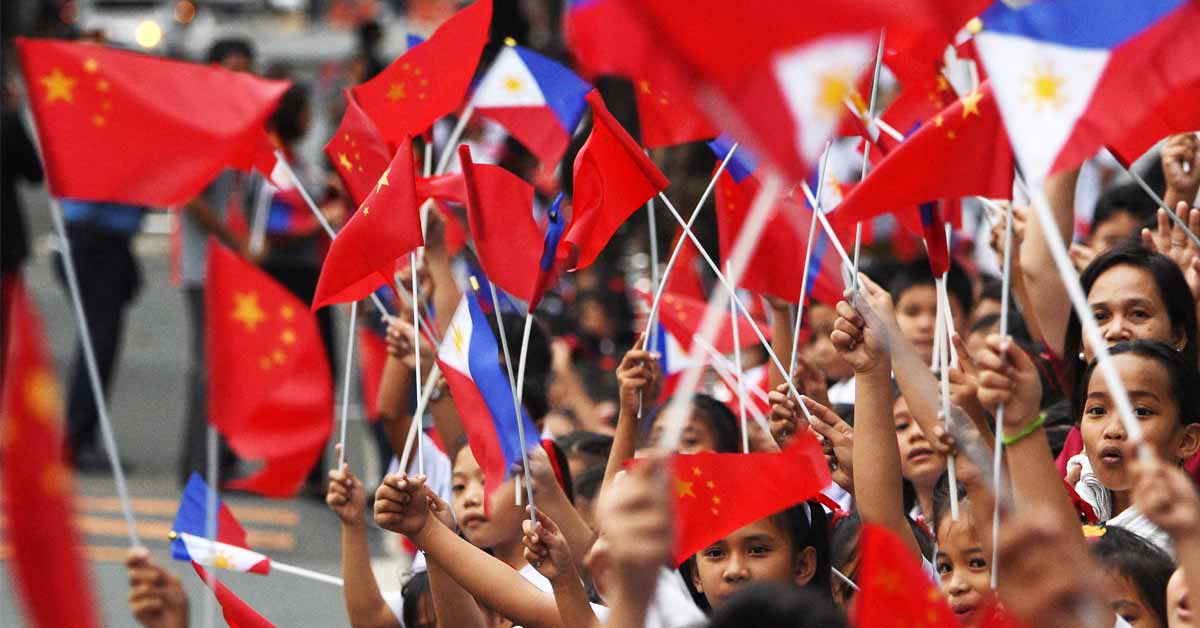Philippines and China have long shared histories, kinships, and cultural affinities, which could be traced back to pre-colonial times in the Philippines, meaning before the Spanish colonisation. During the pre-colonial era, Chinese and Filipinos were already conducting people-to-people exchanges, commerce, and trade.
Based on early Chinese writings, China began trading with the Philippines as far back as the seventh century with ancient coins and porcelain as trading goods through the Galleon trade. Chinese traders would barter China wares, iron, lead and zinc with Philippine products such as condiments, beeswax, betel nut, and pearls.
Even as early as 1417, diplomatic relations had already been established between China and the Philippines. Sultan Paduka Pahala, the King of Sulu was probably the first “Filipino diplomat” when he sailed from the Philippines to China in 1417 with an impressive delegation to meet the emperor. Sultan Pahala’s visit is recorded in the 325th chapter of the Ming Dynasty Annals.
Indeed, history tells us that there already existed direct bilateral relations between China and the Philippines as far back as before the 10th century and that the Chinese have not only traded amicably along the Philippine coasts but had established friendly people to people relations and enjoyed time-honoured friendship and cooperation for several centuries even before the Europeans arrived. To note, the official establishment of diplomatic ties between the People’s Republic of China and the Republic of the Philippines was on 9 June, 1975.
Nevertheless, even though China and Philippine bilateral relations are deeply integrated and intertwined historically, culturally, and economically, it has had its differences and ups and downs. However, it can’t be denied that under the leadership of President Xi Jinping and President Duterte, Sino-Philippine relations have moved along an ascending trajectory and has ushered a “New Golden Age.”
Mutual political trust, practical cooperation, people-to-people exchanges, and economic and trade relations of both countries despite differences are continuously being strengthened and deepened, benefitting the two peoples but also contributing to regional stability and prosperity.
Both countries are also in solidarity, cooperating and assisting each other as they face the common challenge of COVID-19 while nurturing a closer partnership despite existing differences and conflict of interests in the disputed waters of the South China Sea (SCS).
Economic/Trade/Infrastructure Cooperation
Economic cooperation is an important element of the bilateral relations between the Philippines and China. In as far as trade between China and the Philippines is concerned, it has thrived positively in the first quarter of this year (2021) despite the coronavirus pandemic. Based on statistics, on the Chinese side, total trade volume between the two countries reached US$16.4 billion, up by 25.6 percent compared to the same period in 2020. Hence, China is fast becoming or already is the largest trading partner, the largest export market, and the largest source of imports of the Philippines, by the day.
China was the Philippines’ top trading partner, export market destination, and import source in 2019. The Philippines and China bilateral trade reached close to US$50 billion in 2019, growing at an average of 17 percent in the last five years under the Duterte administration. Exports to China grew from US$18.4 billion in 2018 to US$19.5 billion in 2019 while imports expanded by 16.02 percent in 2019.
The top export sectors are electronics, minerals, fresh food, electrical, chemicals, machinery, fashion accessories, transport, and miscellaneous industrial products. While the top export products to China are electronic parts and semiconductors, mineral ores, and agricultural products such as bananas, pineapples, and marine products. In 2019, China approved the entry of Philippine fresh young coconuts and Hass avocado, adding to the list of Philippine fresh fruits export to China.
Before the pandemic, China was the second-largest source of tourists to the Philippines. It was also one of the biggest if not the largest source of foreign investment for the Philippines. In 2018, China ranked first in foreign investments to the Philippines, with US$975 million, up by 2,072 percent from just US$47 million in 2017. The growth in Chinese investments was spearheaded by businesses and companies from sectors like information technology (IT) and communications, manufacturing, real estate, and electricity.
In 2019, China continued to show strong interest and ranked as the second top source of investments for the Philippines at US$1.7 billion, translating to 32 percent of total foreign investment and 174 percent growth from its investments in 2018.
In the area of infrastructure development, two among the most crucial infrastructure projects to the Philippines is the “Davao City Expressway Project” with an estimated cost of around US$478.5 million, and the “Panay-Guimaras-Negros (PGN) Island Bridge Project”, with a cost amounting to US535 million.
Flagship infrastructure projects financed by Chinese soft loans under President Duterte's "Build Build Build (BBB)" program include the Chico River Pump Irrigation Project with a cost of US$73 million and the Kaliwa Dam Project at US$252.4 million. Two other China Aid-Grant Bridges Projects amounting to US$100 million are the US$30.2 million Estrella-Pantaleon Bridge connecting Makati and Mandaluyong (set for completion in June 2021) and the US$70.2 million “Binondo-Intramuros Bridge (to be completed in September 2021).
These are some of the many joint venture infrastructure projects between the Philippines and China that not only will boost local employment but upon completion will make the Philippines more competitive and attractive to both, local and foreign investors.
The Bases Conversion and Development Authority (BCDA) and the China Gezhouba Group Corporation signed a framework of cooperation in November 2018 to develop a 500-hectare mixed-use industrial park in New Clark City. The BCDA estimates that upon completion, the industrial park will generate up to 200,000 local jobs.
Another project in the area of telecommunications is the development of a third telecommunications provider as part of a joint venture with China Telecom. In the area of oil and gas exploration, the Philippines and China signed a memorandum of agreement (MoA) in November 2018 for joint oil and gas exploration in the West Philippine Sea (WPS), more specifically in the disputed waters of Reed Bank.
The said MoA states that the two countries agree to accelerate arrangements for joint exploration in maritime areas following international law. China has pledged to give the Philippines 60 percent of all revenues from the planned joint project. This arrangement is consistent with Philippine law (Presidential Decree No. 87), which mandates a 60-40 percent sharing arrangement in revenues from the exploitation of the country’s natural resources, in favour of the Philippines.
If this joint oil and gas exploration between China and the Philippines succeeds, it will to some extent boost the mutual trust and confidence between the two countries. It will also serve as a “win-win” compromise that will not only benefit both countries but may trigger the resolution of disputes between the two over the SCS.
Pandemic Solidarity And Cooperation
China has contributed to the pandemic response of the Philippines with a continuous extension of well-needed livelihood and medical supplies through multi-channels. It has donated billions of pesos worth of medical supplies and equipment. For instance, it provided the Philippines with 150 sets of high-flow humidifiers, 130 ventilators, 252,000 test kits, and over 1.8 million pieces of personal protective equipment (PPE).

A large number of Chinese local government agencies, as well as enterprises and civil groups, have donated nearly 10 million pieces of PPE and other medical supplies to different local government units in the country. The Chinese Embassy and consulates have also donated more than 40,000 “Friendship Packages” containing assorted relief goods to Filipino families in need across the country to help them get through the economic crisis brought about by the pandemic.
The Chinese Embassy in Manila has donated over 2,000 Huawei tablets to the Department of Education (DepEd) in support of the country’s implementation of its blended distance learning program.
On another note, China donated one million doses of the Sinovac vaccine, which is also the first vaccine to arrive in the country, and made it possible for the Philippine government to kick off its COVID-19 inoculation rollout as soon as possible. Until now, China is consistently supplying the Philippines with the needed vaccines which already amounts to 2.5 million doses. Although Chinese vaccines are much sought after, China has prioritised the Philippines with a deal that will see 25 million doses of Sinovac vaccines delivered on a staggered basis throughout 2021.
Conclusion
Despite existing differences and conflict of interests in the disputed waters of the SCS, China and the Philippines are forging ahead on issues and matters where there is already mutual understanding and cooperation, i.e., economics, trade, pandemic response cooperation and the like. This to some extent has boosted the mutual trust and confidence between the two nations.
Given the complexities and intricacies of the issues surrounding the disputed waters of the SCS, which is unlikely to go away any time soon, it is indeed more pragmatic and productive at the moment for both countries to put aside maritime disputes and focus their attentions and energies on areas of cooperation, which yield tangible benefits. At the end of the day, what matters most is the fundamental interests of the two countries and their peoples.
Related Articles:

